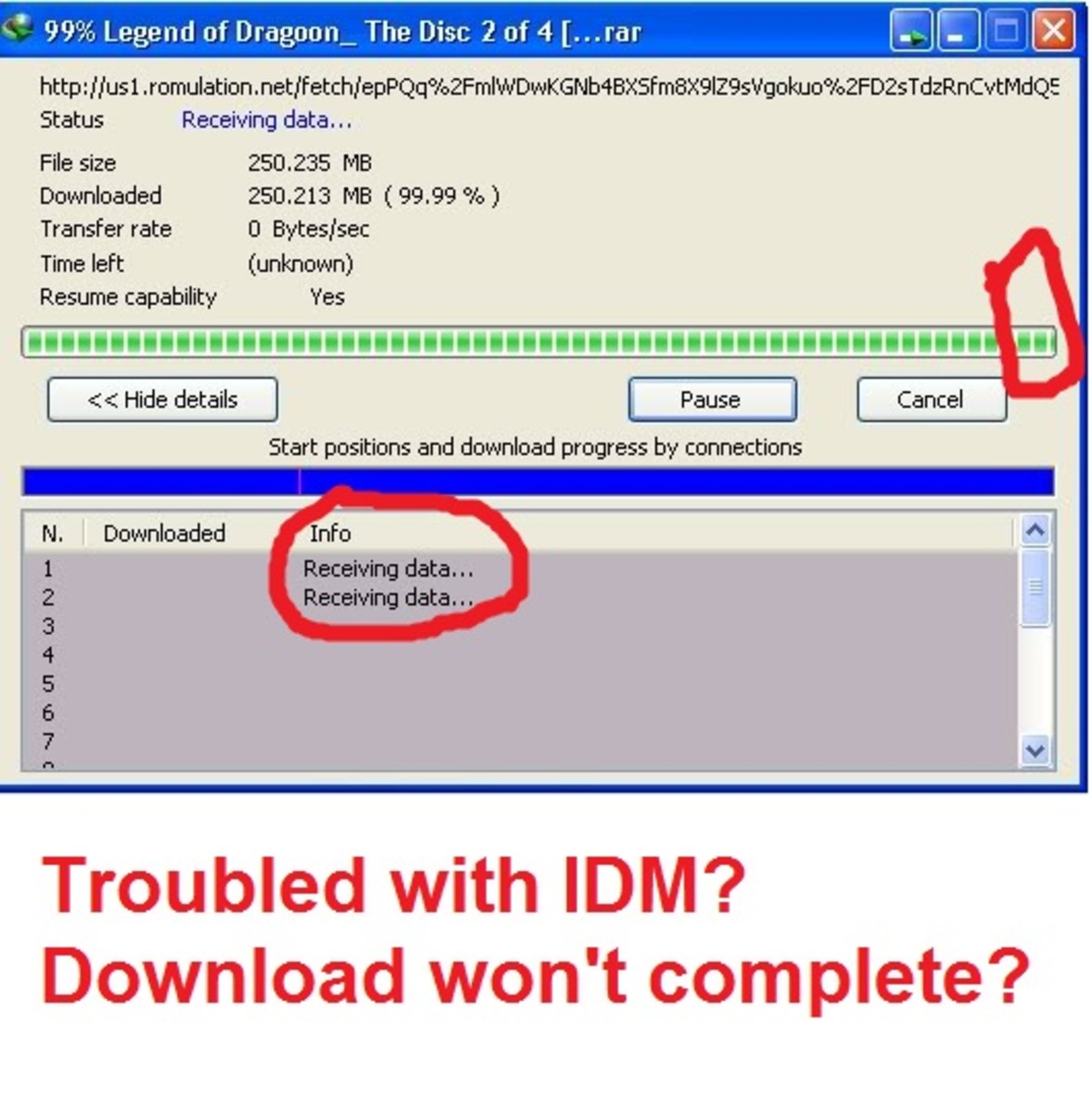

- #How to check for corrupted files or bugs and fix them install
- #How to check for corrupted files or bugs and fix them update
- #How to check for corrupted files or bugs and fix them Pc
- #How to check for corrupted files or bugs and fix them windows
#How to check for corrupted files or bugs and fix them update
Update Errors: While updating your system are at risk of developing corrupted files due to bugs.
#How to check for corrupted files or bugs and fix them install
#How to check for corrupted files or bugs and fix them Pc

Go through the following steps carefully. Step 1: Choose the file or folder you want to restore, right-click and look for “Restore previous versions” then click. Step 2: Now you will get “previous versions come from file history or from restore points”. Step 3: Here, if your PC permits, a list of files containing the older version of the same will show up. Then, simply choose one and click on the “Restore” option. Whoever has a computer is well acquainted with the system restore option. Well, this common feature can be very useful in the recovery of corrupted files. Let’s have a clear perceptive of system restore so that it saves you from future troubles. System restore generates a copy of your working system. If anything happens in the future you can easily restore and recover the former version. However, anyone can enable this feature manually following these few easy steps: System Restore does not have an auto-enable option.
#How to check for corrupted files or bugs and fix them windows
Step 1: Go to your windows taskbar and type in “Create a restore point” click the option when it displays. If these commands fail and generate an error message that resembles "File not found," make sure that the Install.wim file is accessible, and then run the following commands:ĭISM /Online /Cleanup-Image /RestoreHealth /Source:WIM:c:\install.wim:1 /LimitAccessįor more information about repair commands, see Repair a Windows image.Step 2: Click “System Restore” and then “Next”. To do this, open a Command Prompt window on the affected computer, and run the following commands:ĭism /online /cleanup-image /restorehealth To repair the Windows image files on computers that have been affected by this issue, use the DISM tool. After this update is applied, PowerShell files that are part of the Windows image are not changed, and the SFC tool no longer flags these files. Internet-connected computers that subscribe to the Windows Update channel automatically download and install this update. This issue is fixed in the version update of Windows Defender. After this change is implemented, SFC will no longer flag the files. Because of this change, SFC flags the updated files as "Hashes for file member do not match."įuture releases of Windows will use the updated files in the Windows image. This channel replaces the original files with updated versions that are signed by using a Microsoft certificate that the Windows operating system trusts. These files are catalog-signed. However, the manageability component of Windows Defender has a new out-of-band (OOB) update channel. The files for the Windows Defender PowerShell module that are located in %windir%\System32\WindowsPowerShell\v1.0\Modules\Defender ship as part of the Windows image. This is a known issue in Windows 10, version 1607 and later versions, and Windows Defender version.


 0 kommentar(er)
0 kommentar(er)
